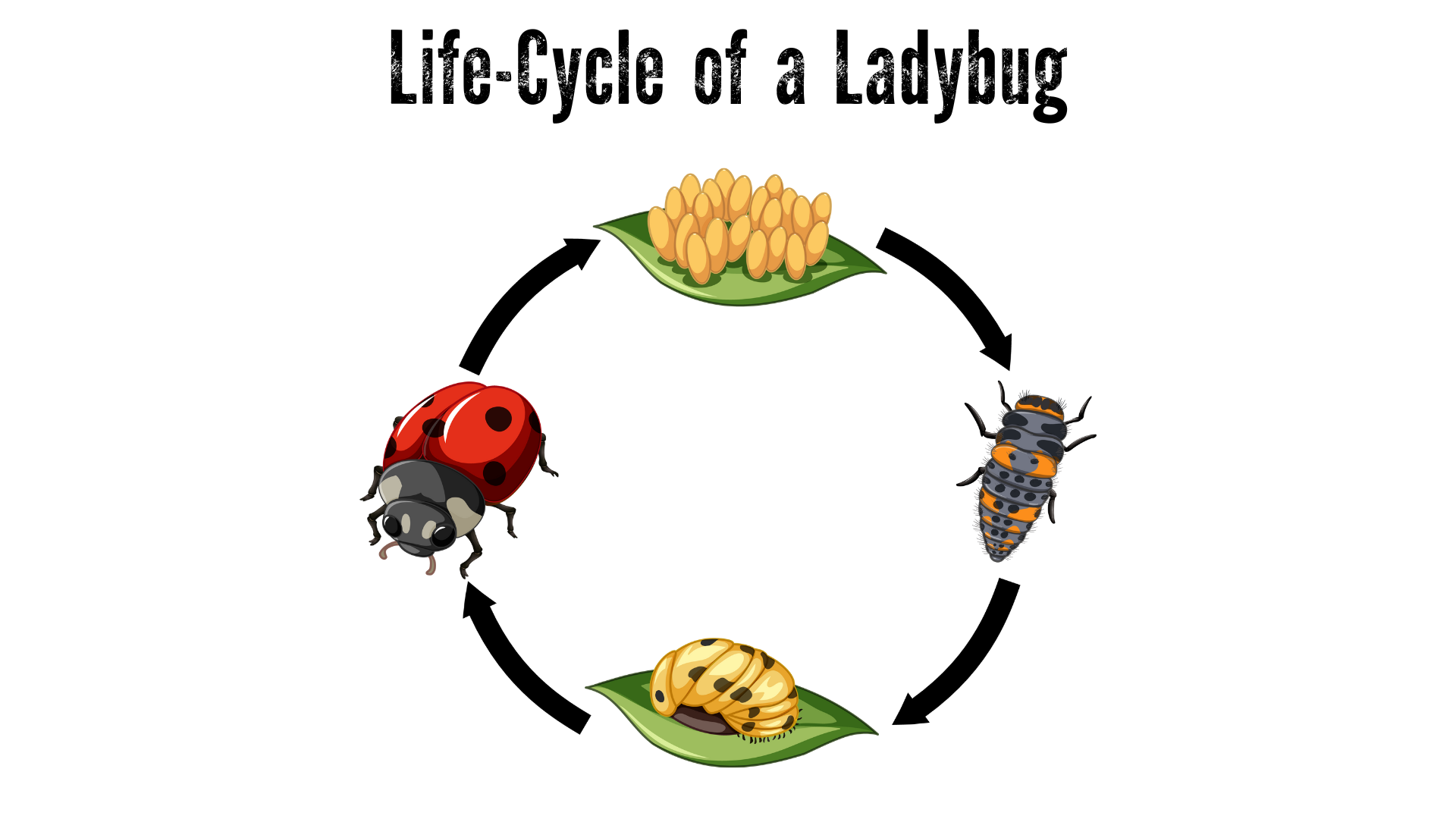Share
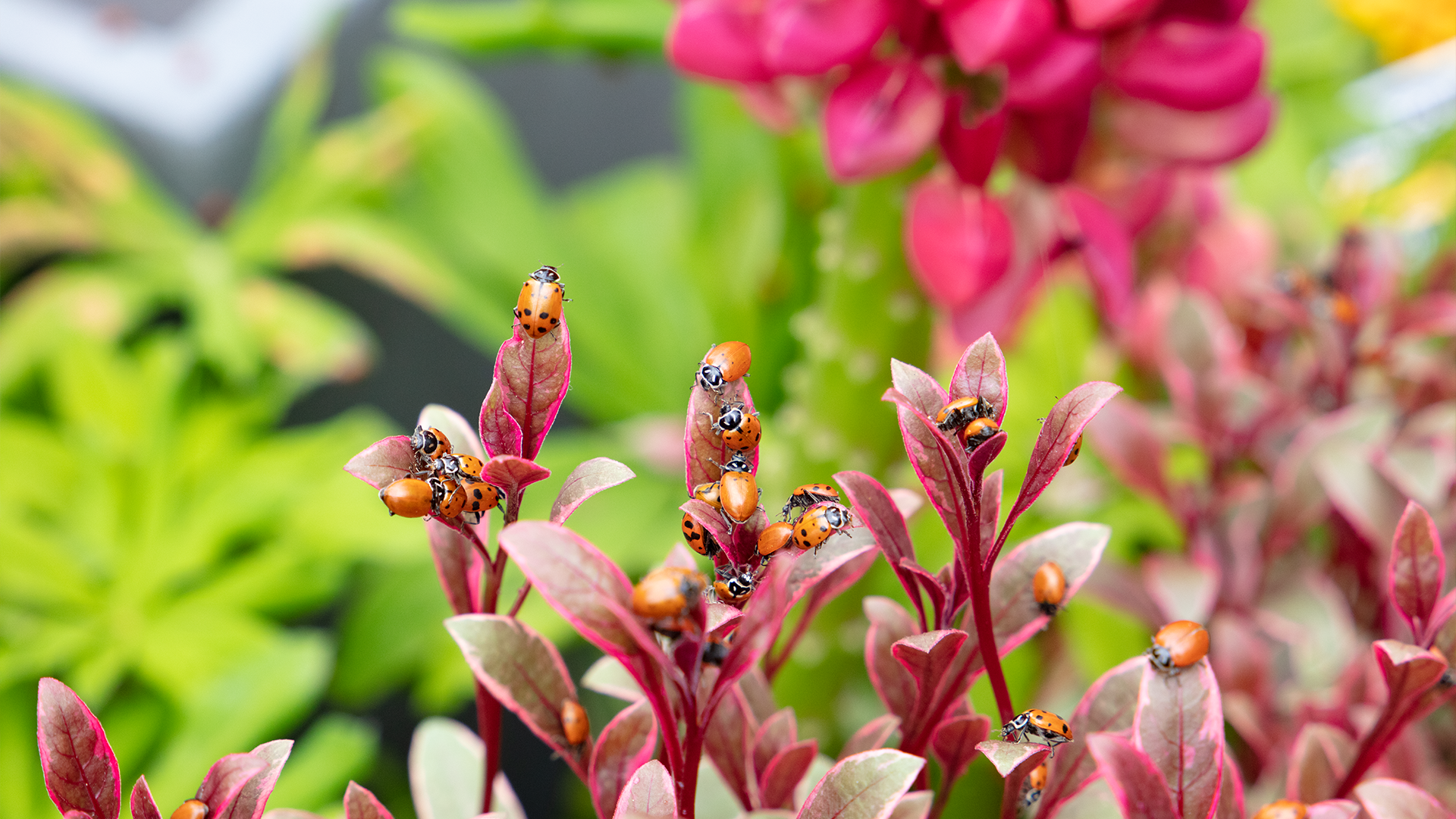
It’s a bug eat bug world 🐞
Ladybugs in the garden are great at controlling the several bad bugs: aphids, spider mites, and scale. An adult ladybug can eat 50 aphids a day and produce up to 1,500 babies. Take that aphids!
How to Release
To maximize the benefits of releasing ladybugs in your yard, provide them with a good habitat to live in. The best time to release them is in the evening when it’s cooler and after hosing down foliage where aphid activity has been spotted. Also, releasing them in multiple small batches around your yard and not all on one plant will make sure they don’t compete too much.
Your Natural Protectors
Since Ladybugs are a natural protectant, the best success comes by using them as part of an overall approach to your garden health. Give them time to work. Don’t expect the immediate results that come from a contact insecticide. If your problem is severe you ca
n also use organic insecticides (we suggest Captain Jack’s Insecticidal Super Soap) in a targeted way. Make sure not to spray ladybugs directly!
Happy Ladybug Community
To keep your ladybug community thriving plant some pollinating plants for when insect meals are scarce. Provide a water source, birdbaths and sprinkler systems do the trick. Some excellent plants for ladybugs and other beneficial insects include: coreopsis (tickseed), cosmos, dill, evening primrose, fennel, parsley, sweet alyssum, and yarrow.
Be on the lookout for ladybug larvae, who resemble black and orange alligators (see image below). They tend to hang out closer to the stem of plants. Ladybug larvae can eat 3x the the amount of an adult ladybug, so you definitely don’t want to get rid of them.
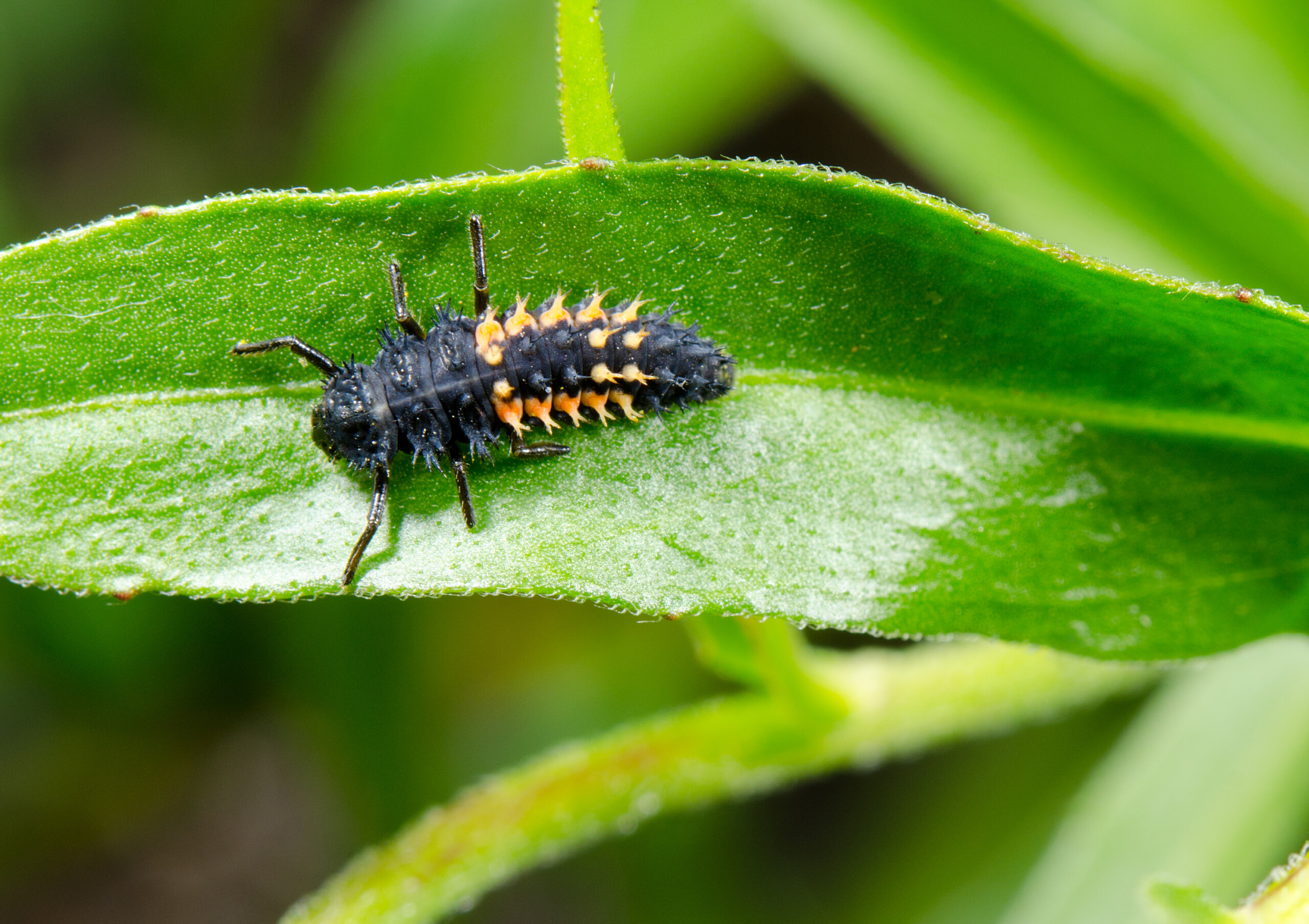
Visit us at any of our locations to purchase ladybugs for your garden!
Share
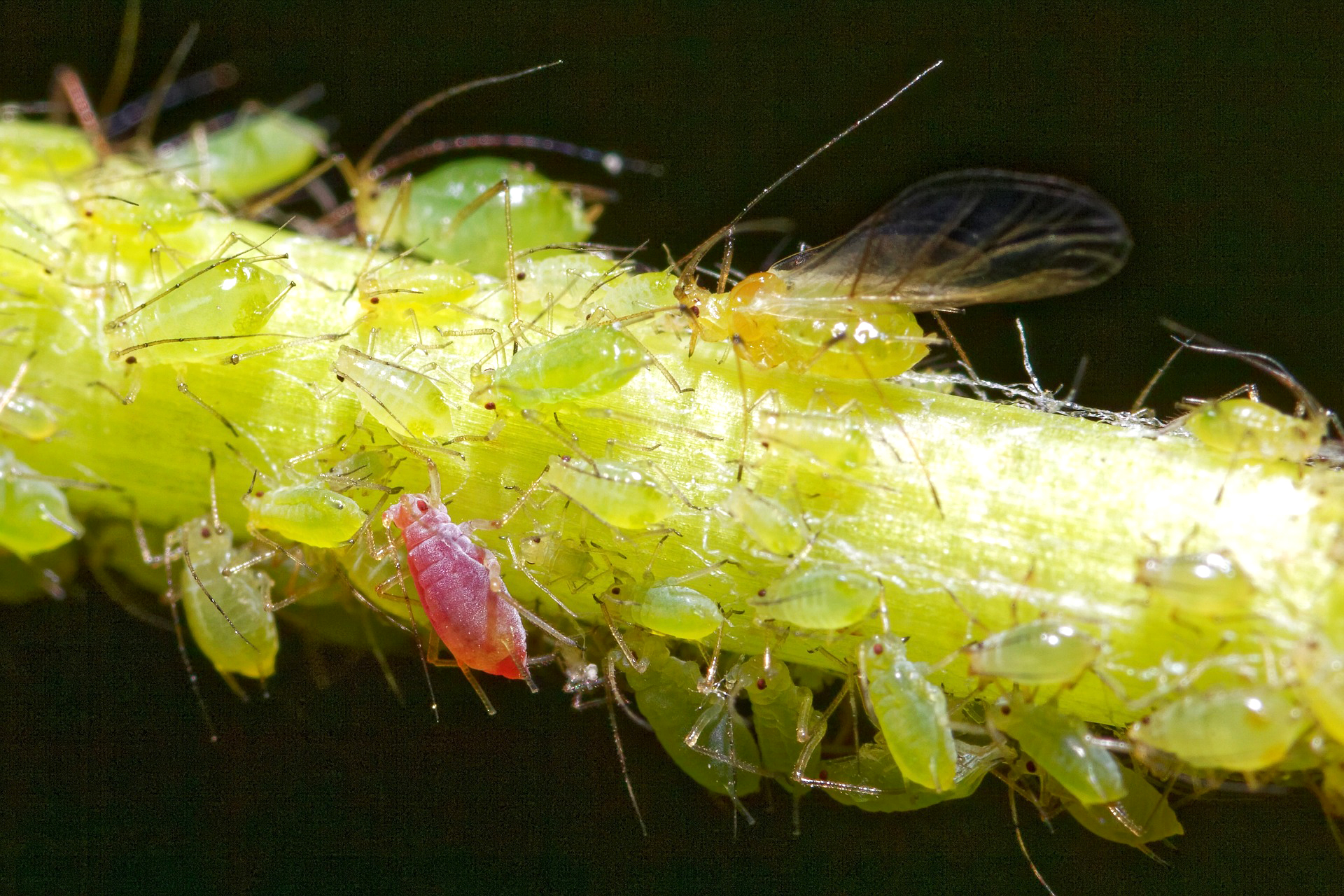
As gardeners tend to their plants during peak gardening season, an unwelcome visitor often makes its presence known—the aphid.
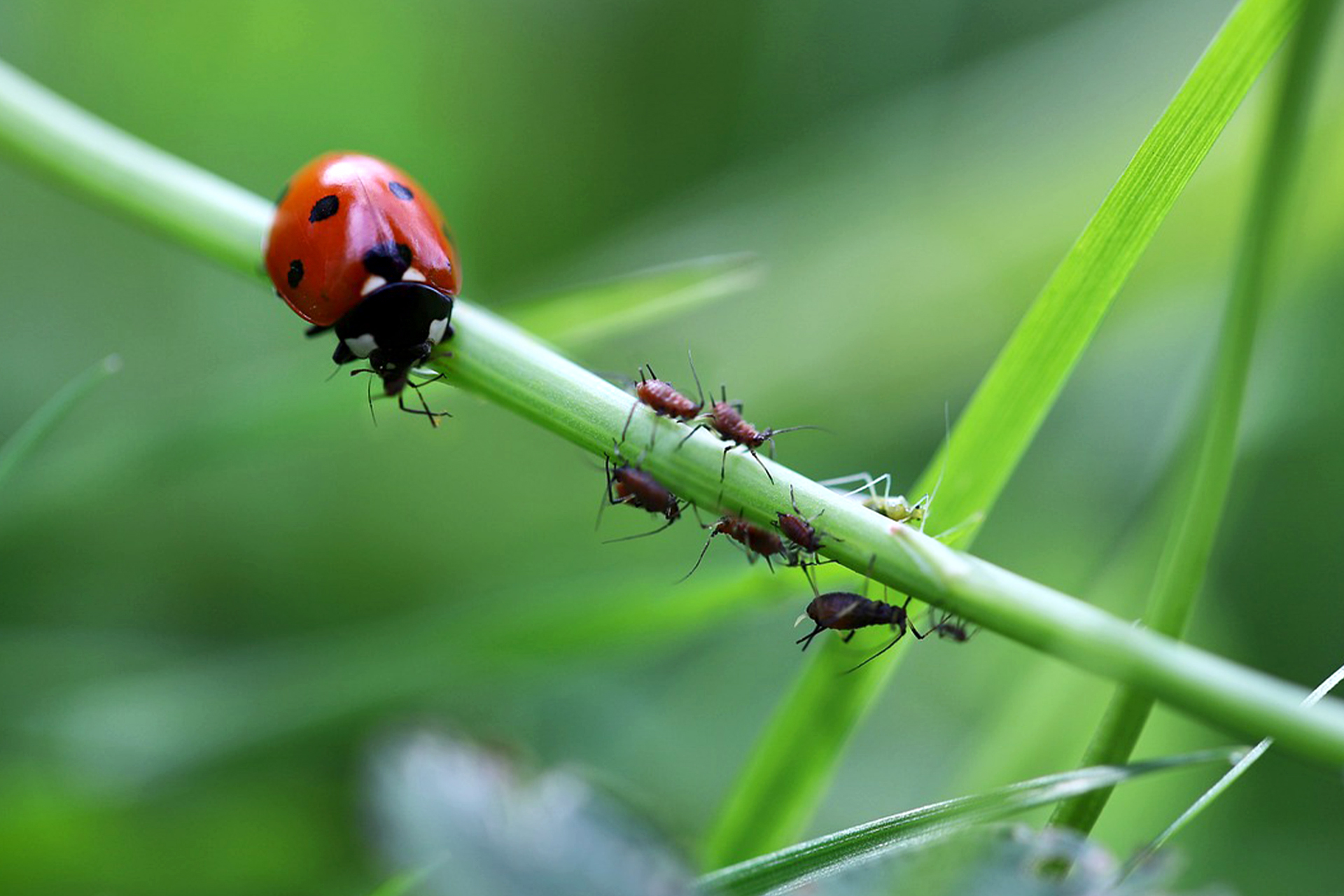
Once you know the basics of integrated pest management (IPM), it's easy and effective to put into action in your garden.

Happy 40th work anniversary to our General Manager of Wholesale Nursery Operations Joe Dula!
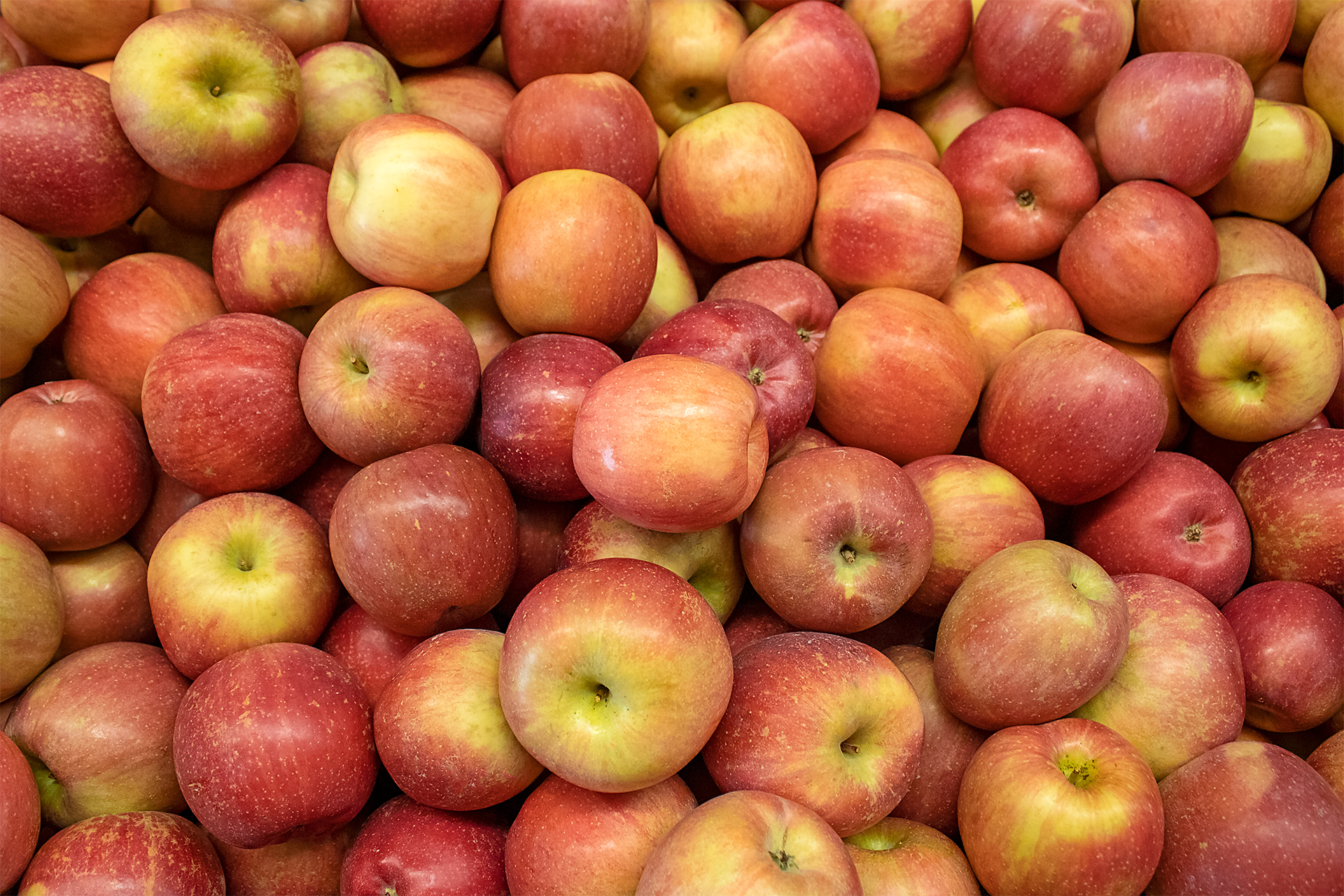
What's an Ice Apple and what makes it the sweetest apple you'll ever taste?

